Across the country, a number of big-city mayors are pointing to measurable declines in violent crime after pandemic-era spikes. Many of those leaders are Black, and they are trying to convert safer-streets data into public confidence. So far, they say the numbers are moving faster than the narrative.
City dashboards in several major metros report fewer homicides and shootings compared with recent years, part of a broader national trend. The rebound is uneven and far from complete, but many jurisdictions are experiencing a multi-quarter run of improvement alongside steadier police staffing, targeted enforcement and expanded community programs.
The political challenge is that perceptions lag reality. Polls still show voters anxious about safety, and opposition messaging continues to frame urban crime as surging. Mayors describe a dynamic in which residents feel the improvements on some blocks while sensational incidents and viral videos keep fear elevated overall.
Local strategies vary but often blend traditional policing with prevention. Departments have concentrated officers in high-violence corridors, leaned on gun arrests and worked with federal partners on trafficking cases. City halls have meanwhile invested in street outreach, hospital-based intervention, youth employment and focused support for those at highest risk of being a victim or shooter.
Technology has also expanded, including license plate readers, cameras and analytics tools that identify hot spots. Supporters argue these tools help solve cases and deter retaliatory violence; civil liberties advocates warn about overreach and bias. Several mayors say the goal is precision, not blanket crackdowns, paired with clearer guardrails and audits.
Staffing remains a constraint. Recruiting and retention improved in some cities after sharp losses, but overtime strains budgets and response times remain a public test of confidence. Many mayors emphasize rebuilding trust with communities that have long experienced both under-protection and over-policing, a balance that requires time and consistency.
Another friction point is the criminal justice system beyond city hall. Prosecutorial priorities, court backlogs and state pretrial rules all shape outcomes. Mayors stress coordination with district attorneys and state leaders to reduce case delays, improve witness support and raise clearance rates for the most serious offenses.
Even where violent crime is down, visible offenses like car theft, retail theft and open-air disorder can mask progress. Business districts and neighborhood corridors judge results by the reliability of 911 responses and the feel of daily life. That local reality, not just year-to-date charts, will determine whether residents credit city leaders.
Fiscal sustainability looms as federal relief dollars expire. Many violence-prevention and youth programs launched with temporary funds; cities are racing to lock in the most effective pieces while trimming or merging others. The next test is whether declines hold through budget tightening and election cycles.
For the mayors making the case, success rests on continuity and transparency. They are publishing more granular data, highlighting partnerships with community groups and measuring progress beyond crime counts, including victim services and clearance rates. Whether the public closes the perception gap will shape not only city politics but the broader debate over what actually works to reduce violence.

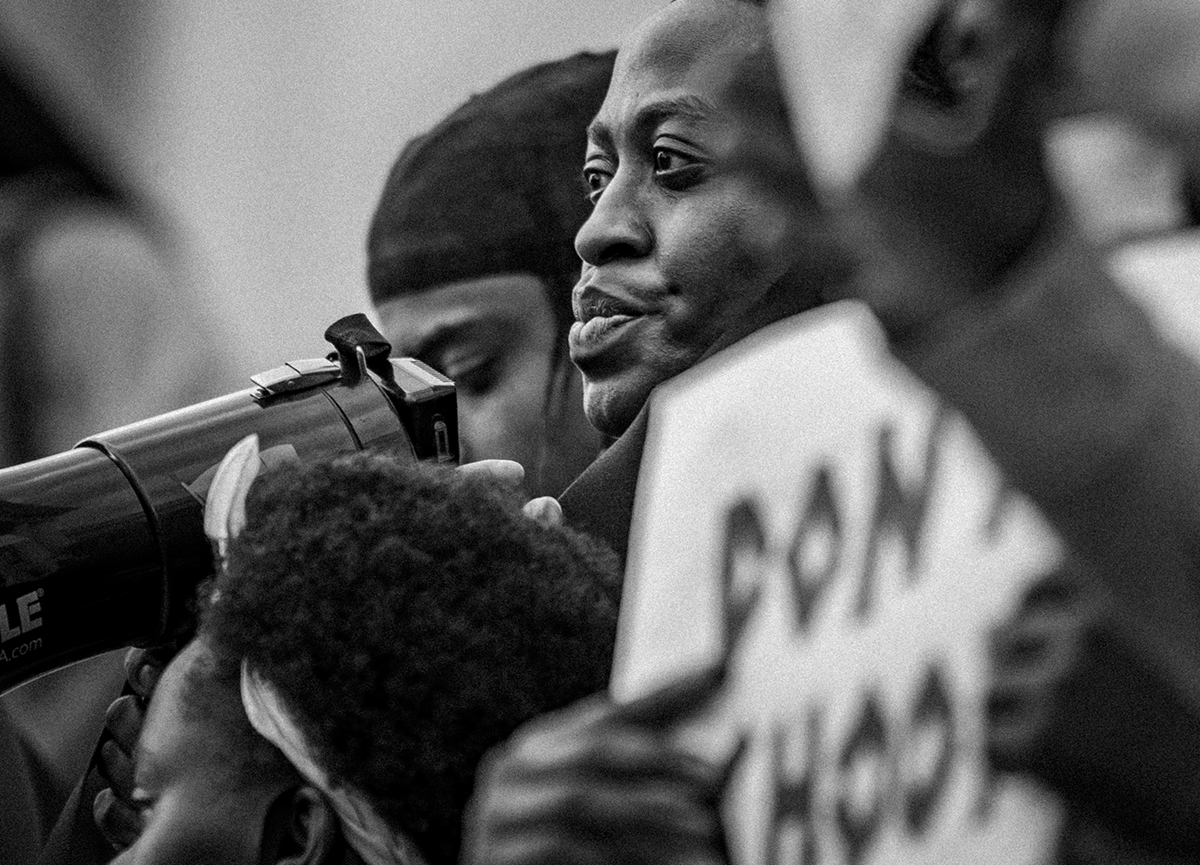


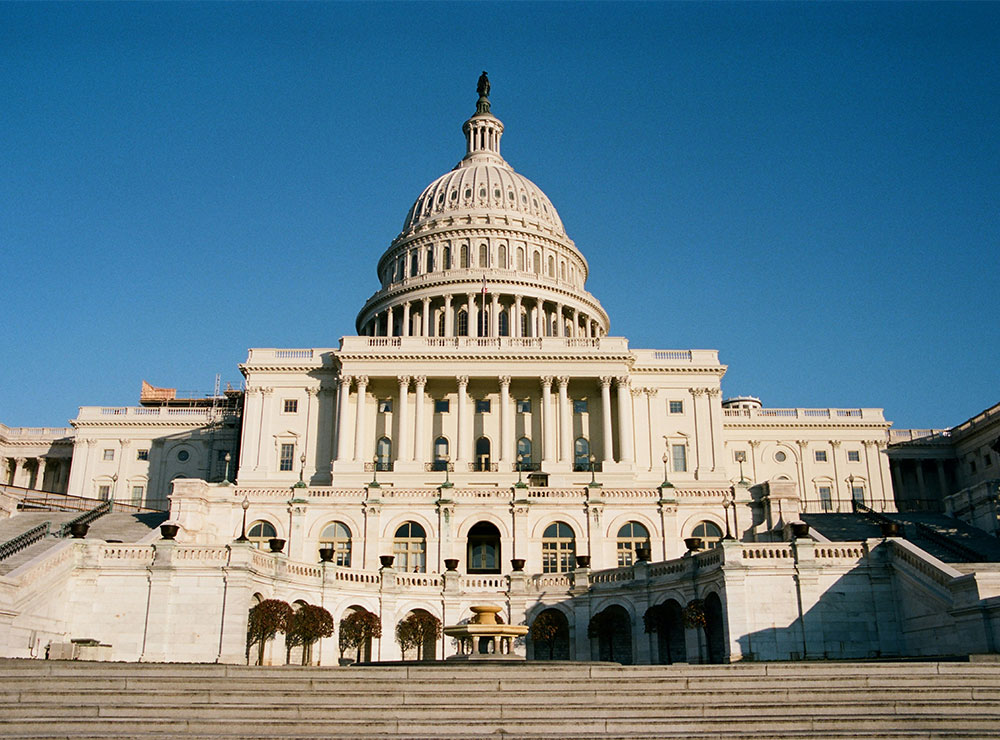

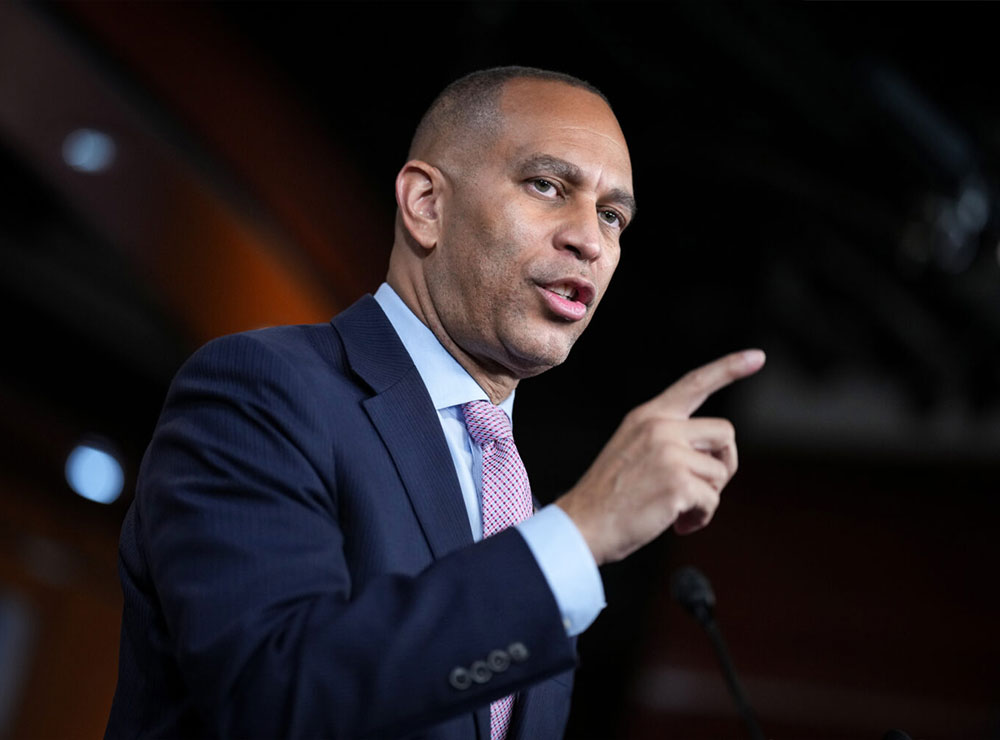

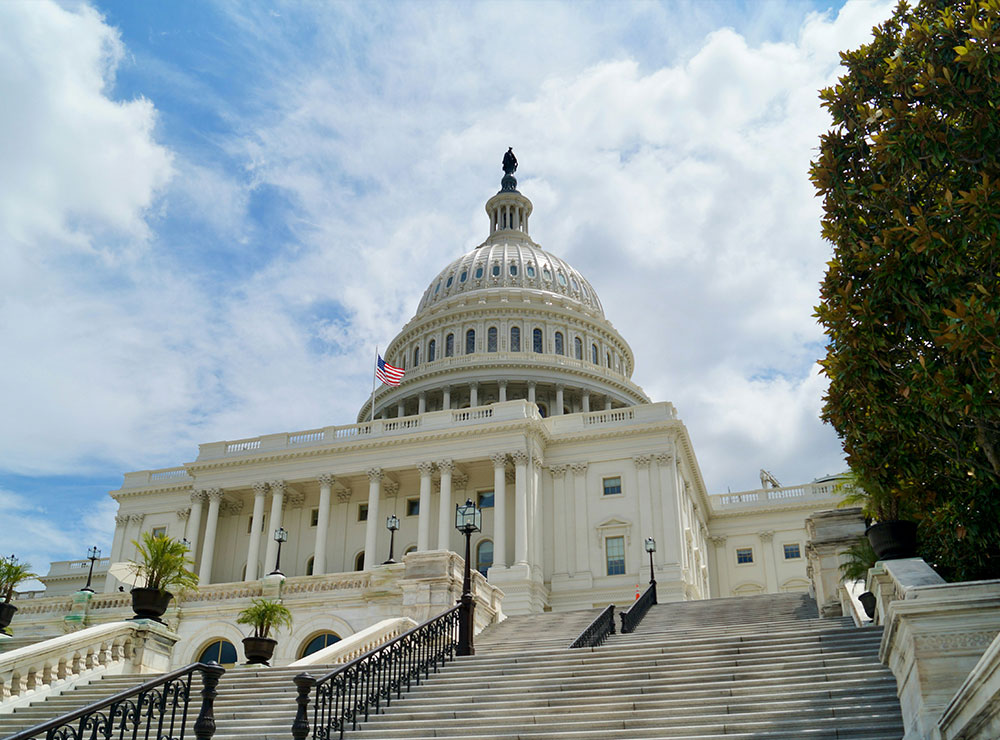
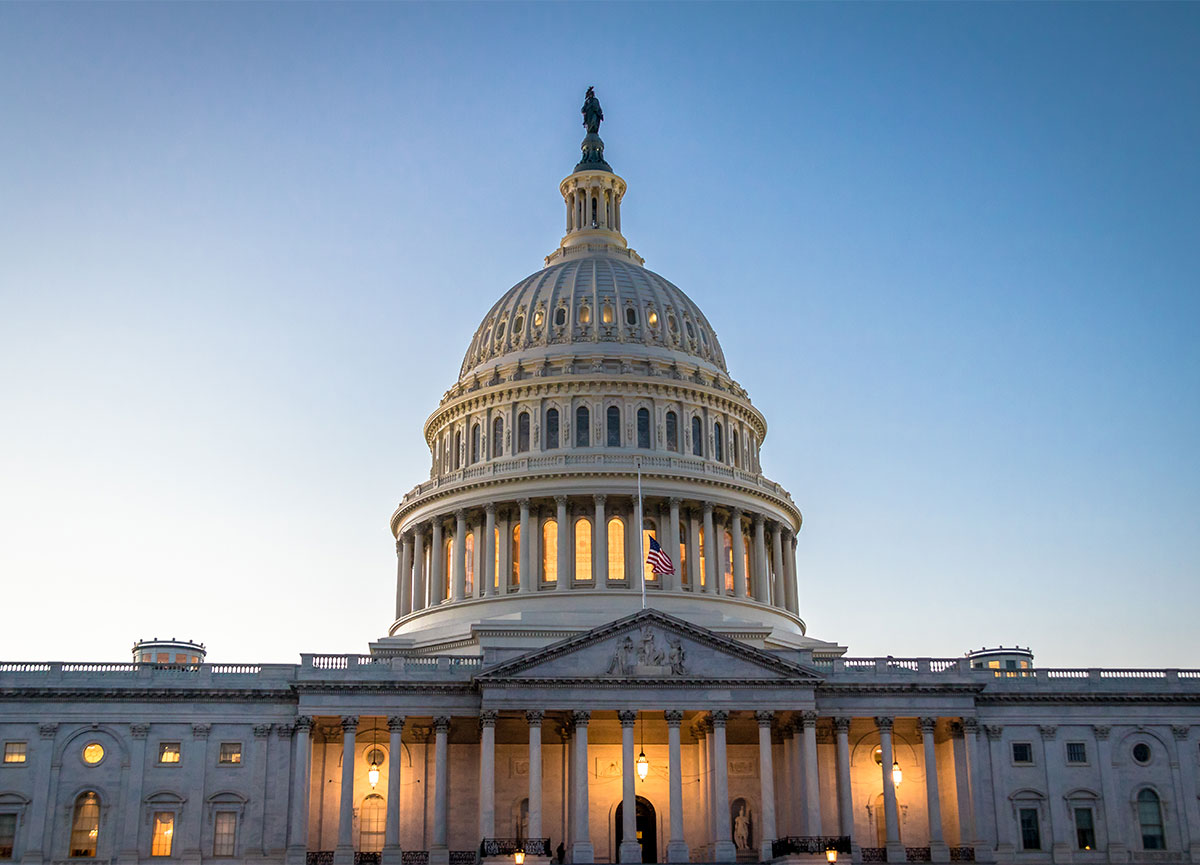
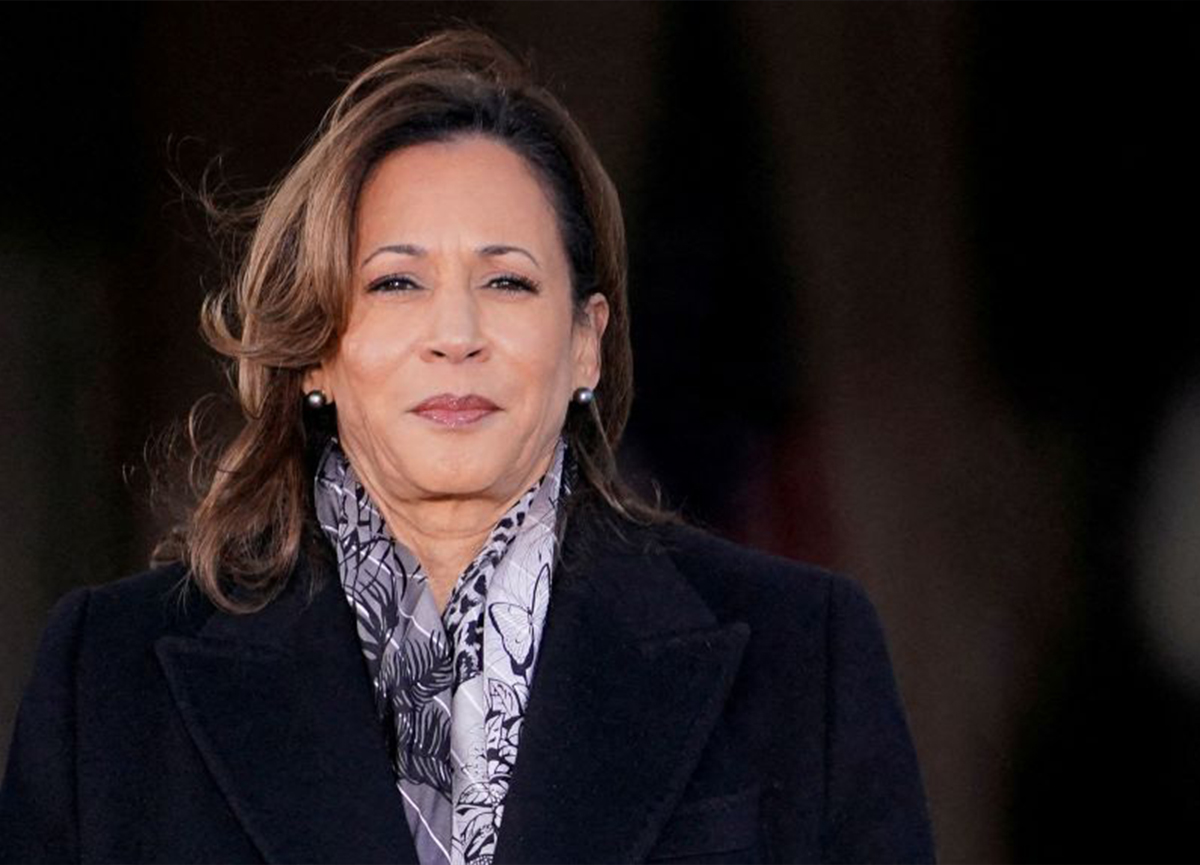
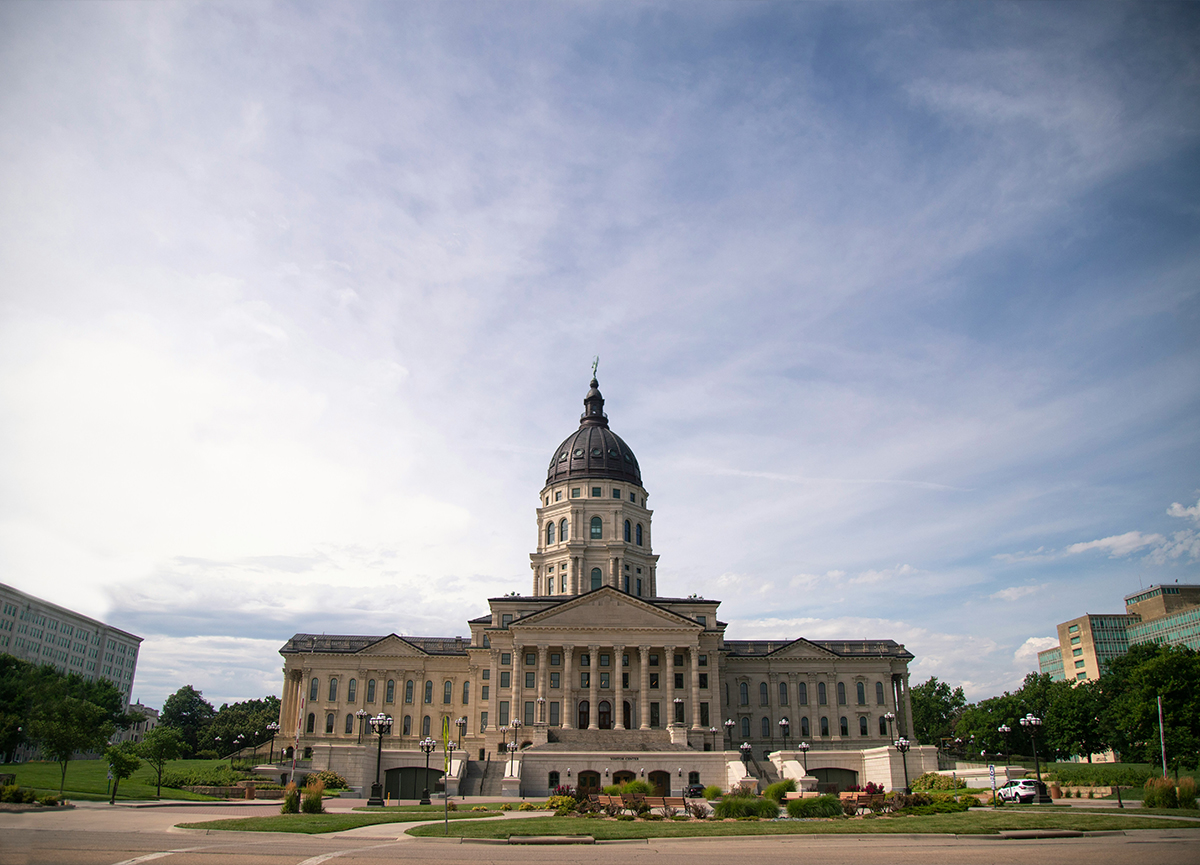
Leave a Reply